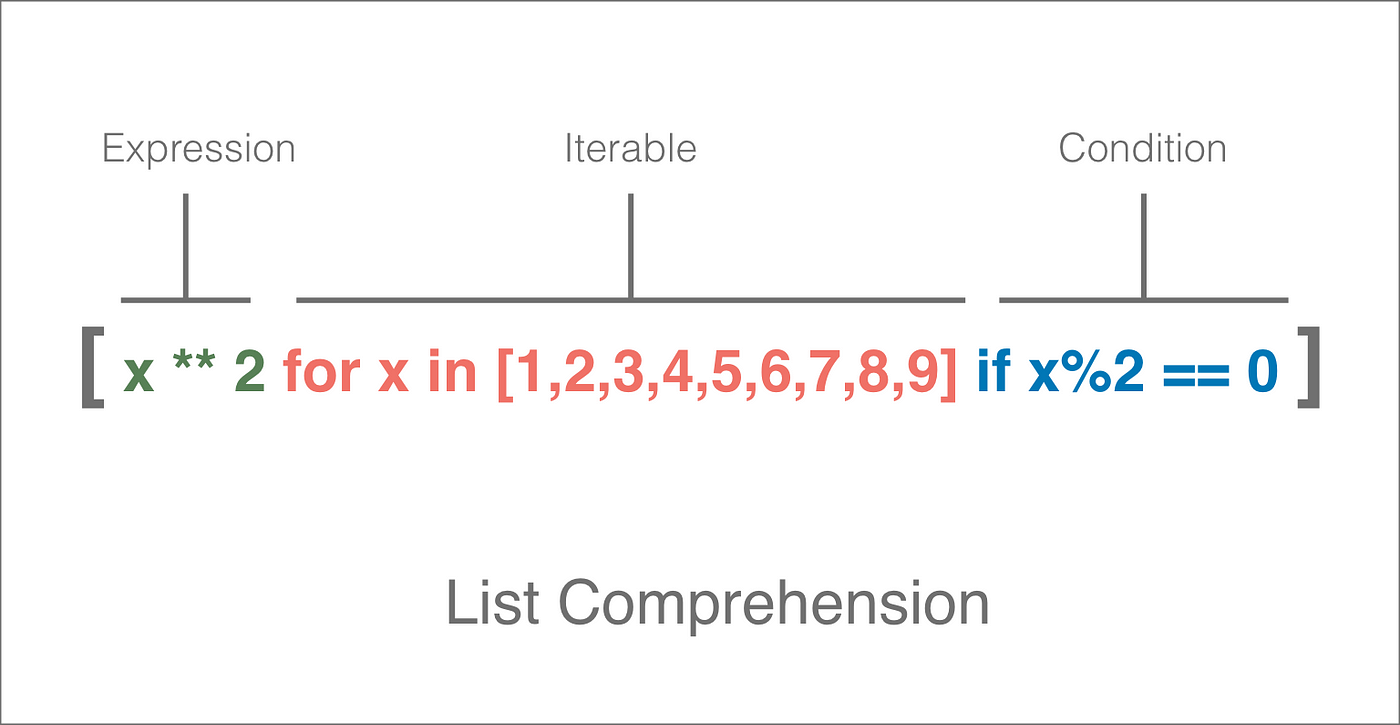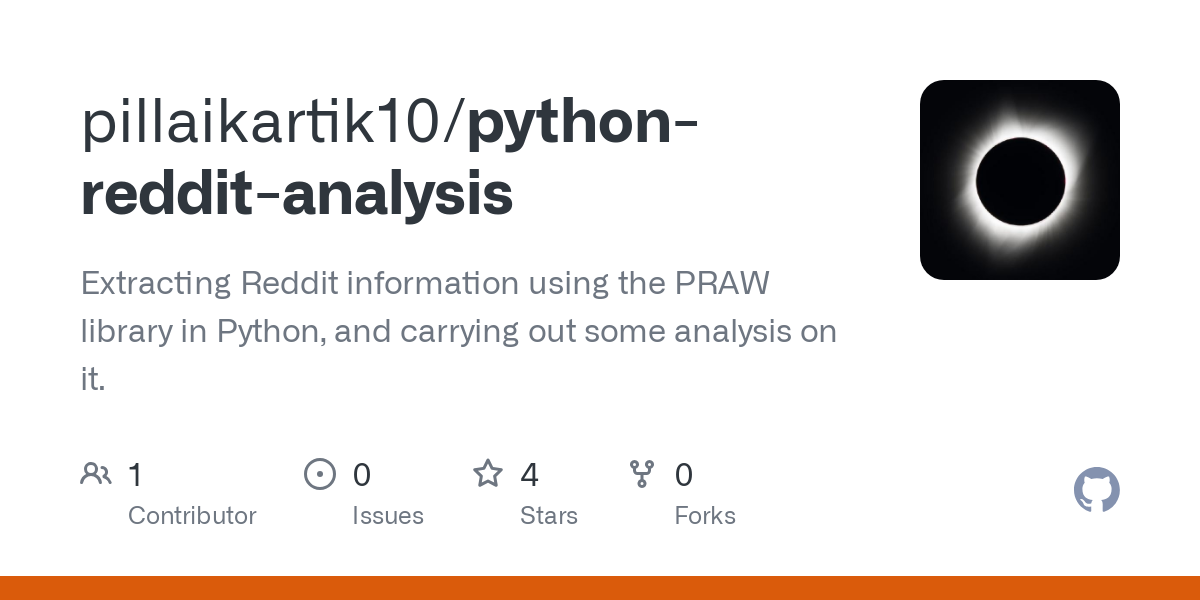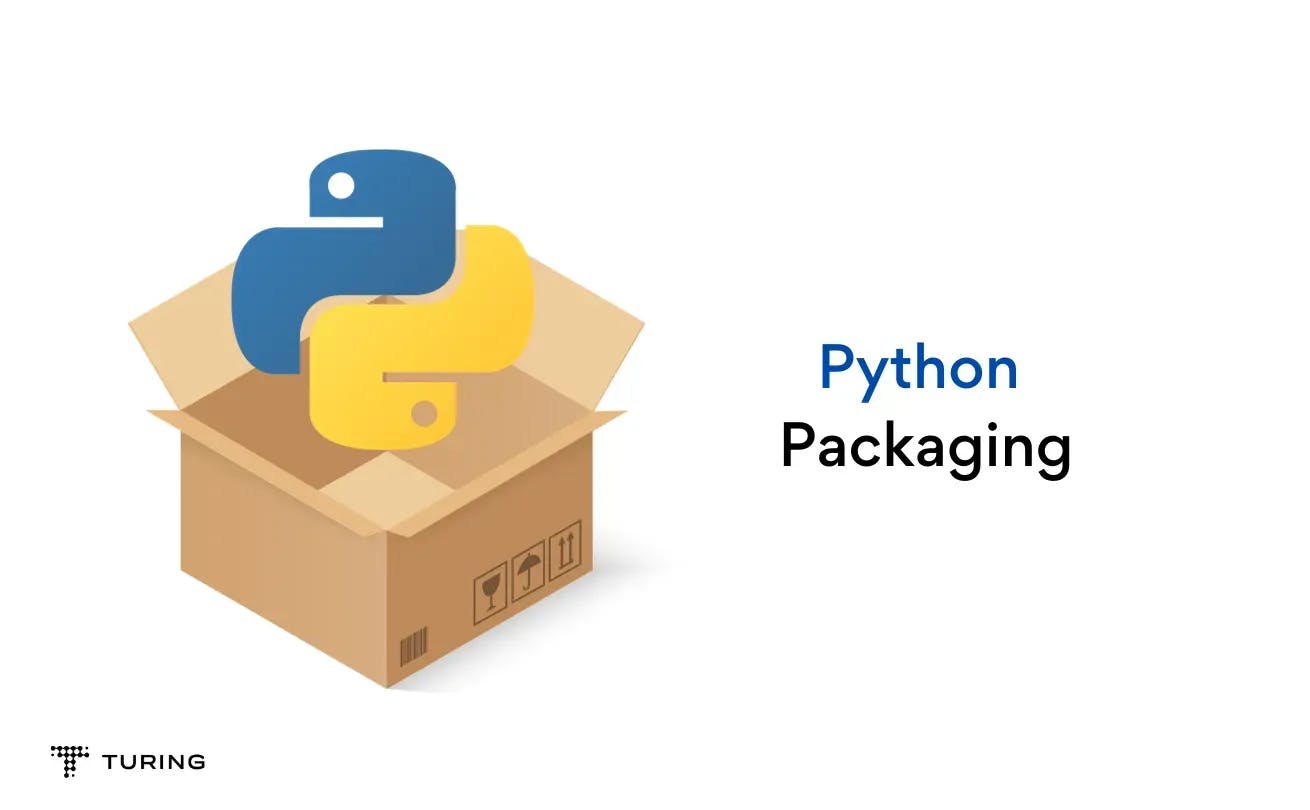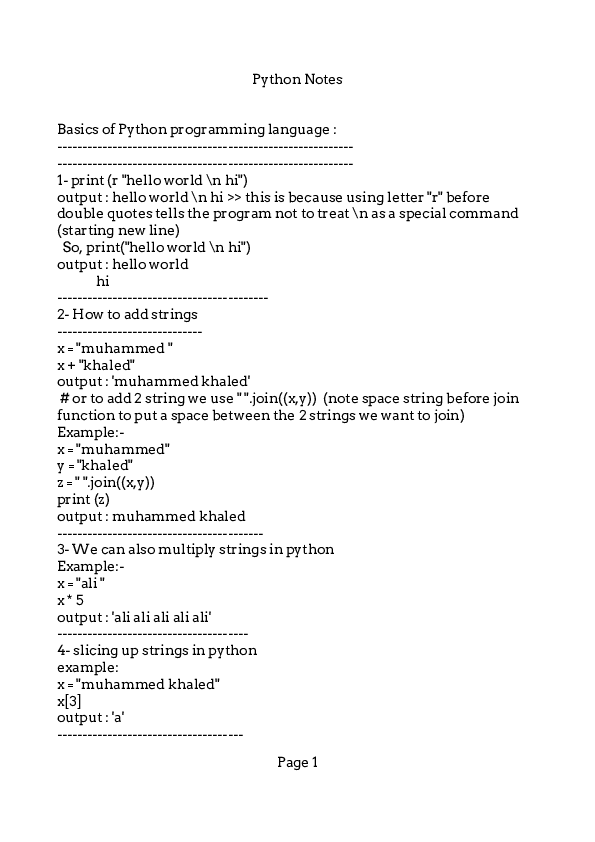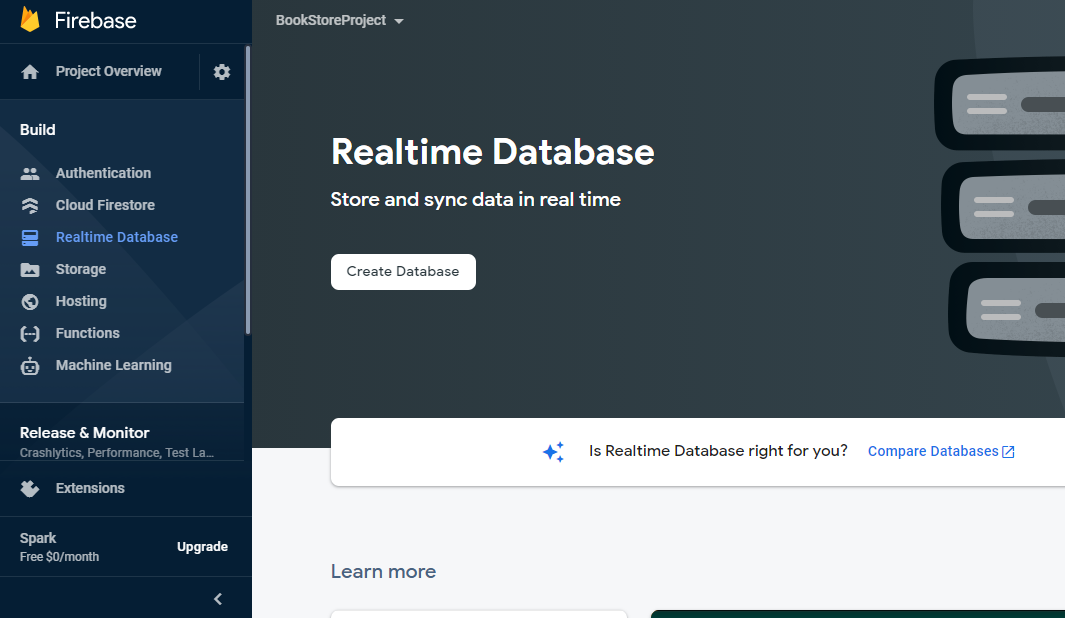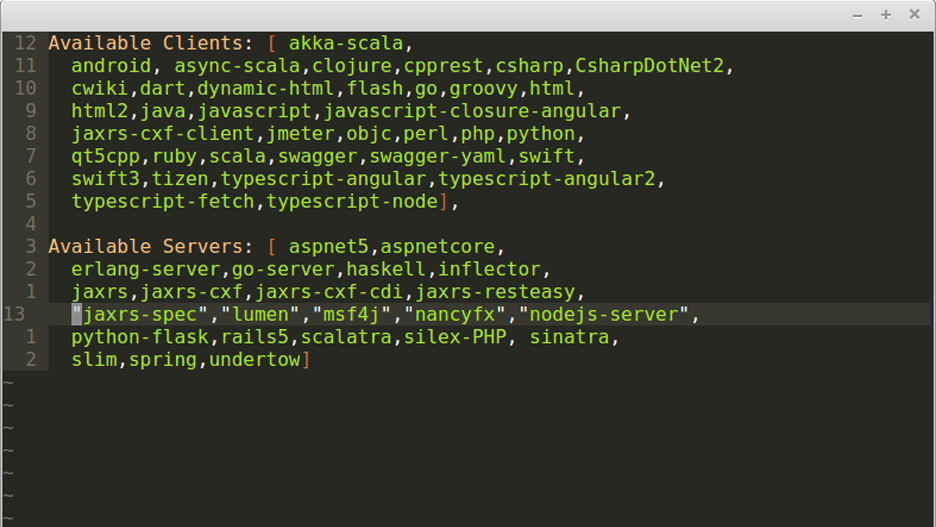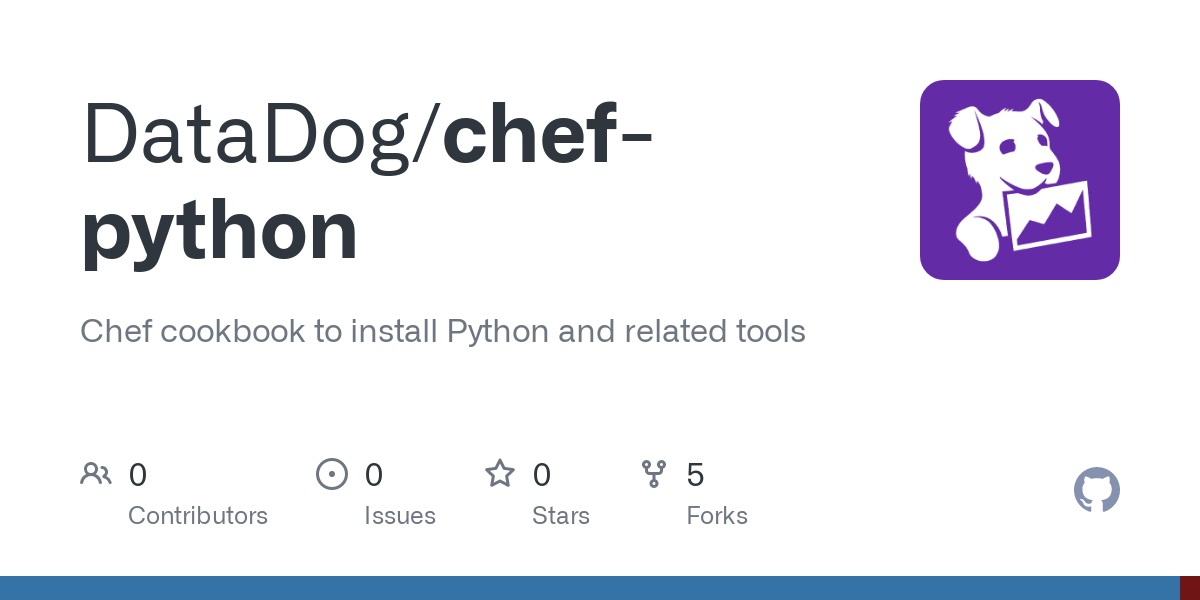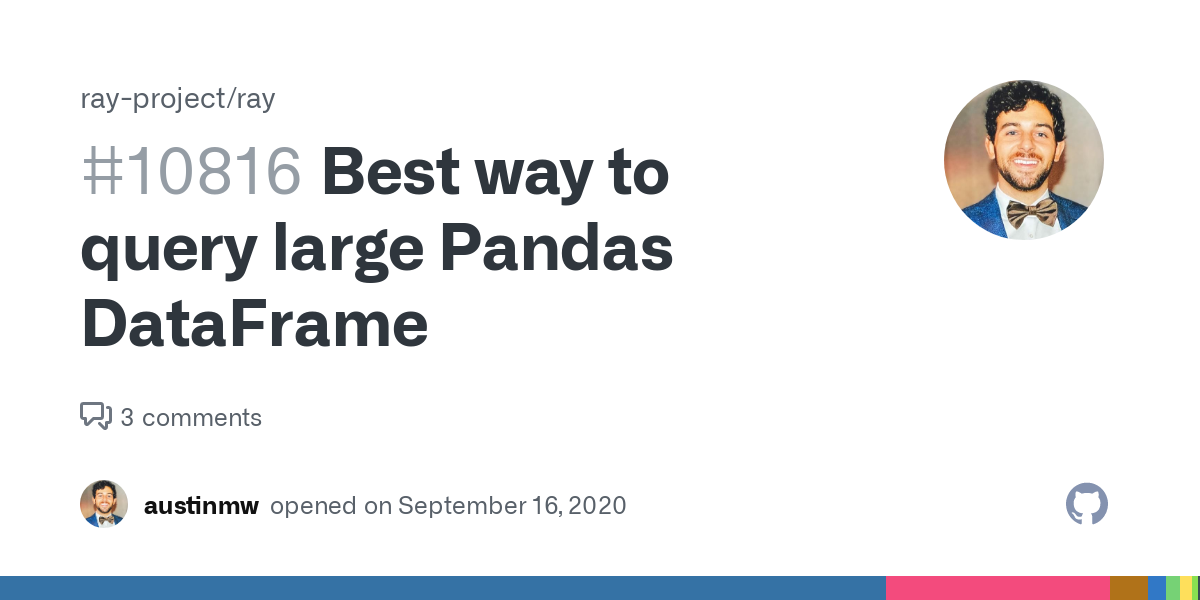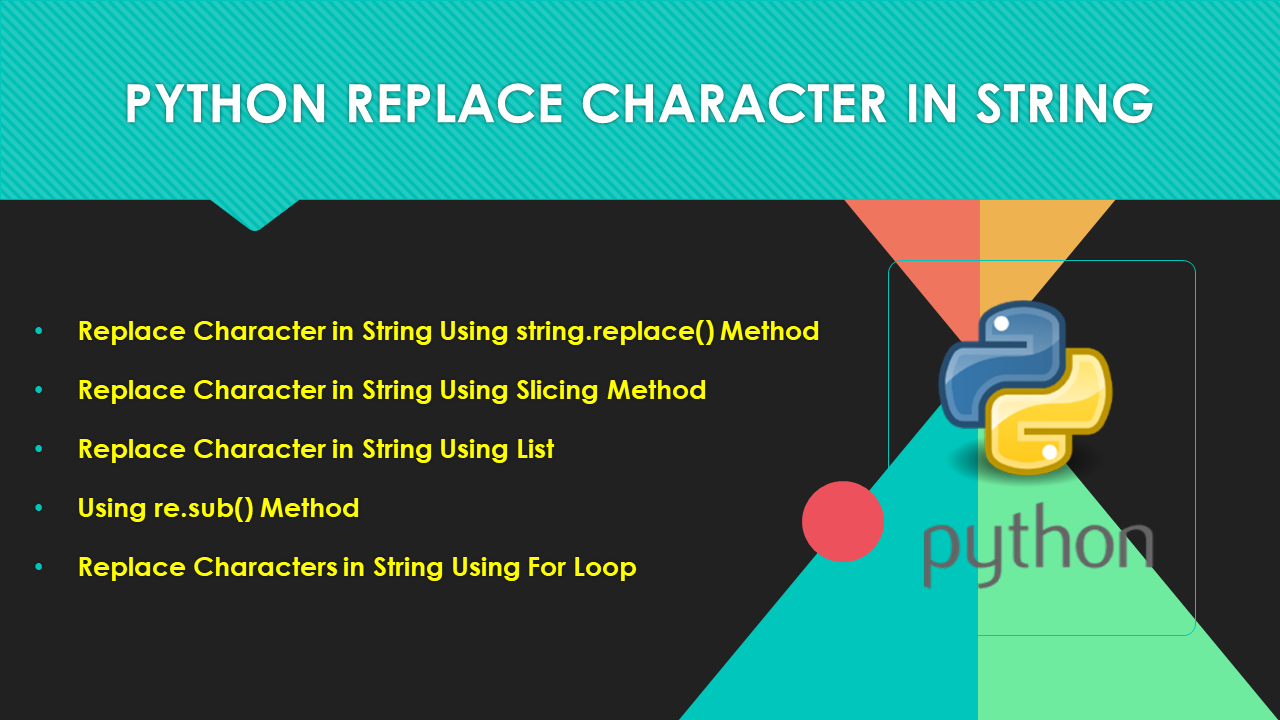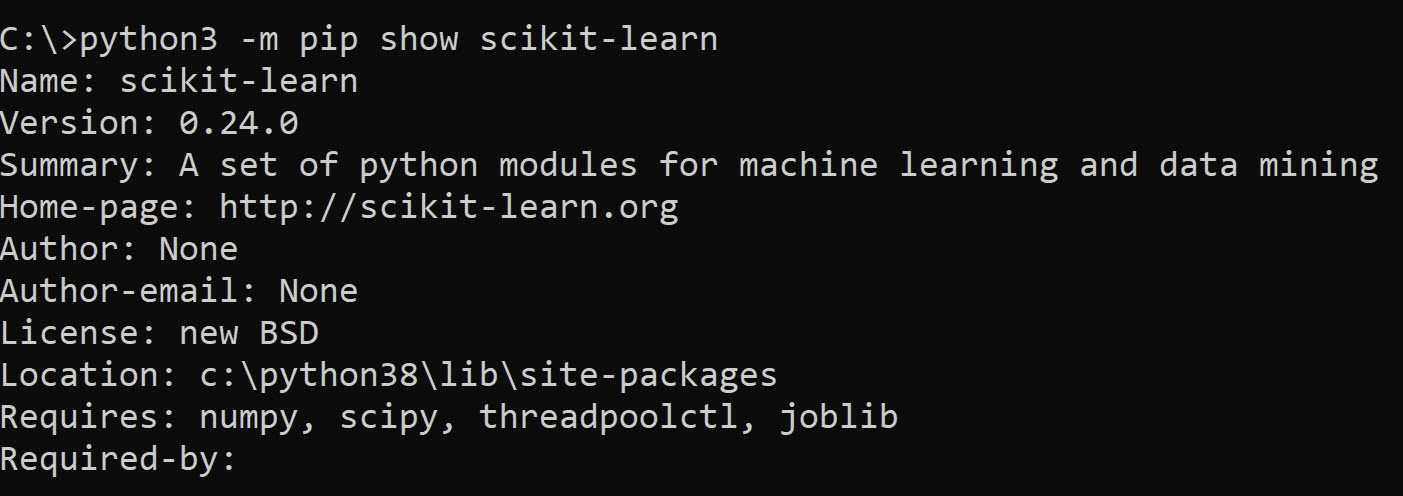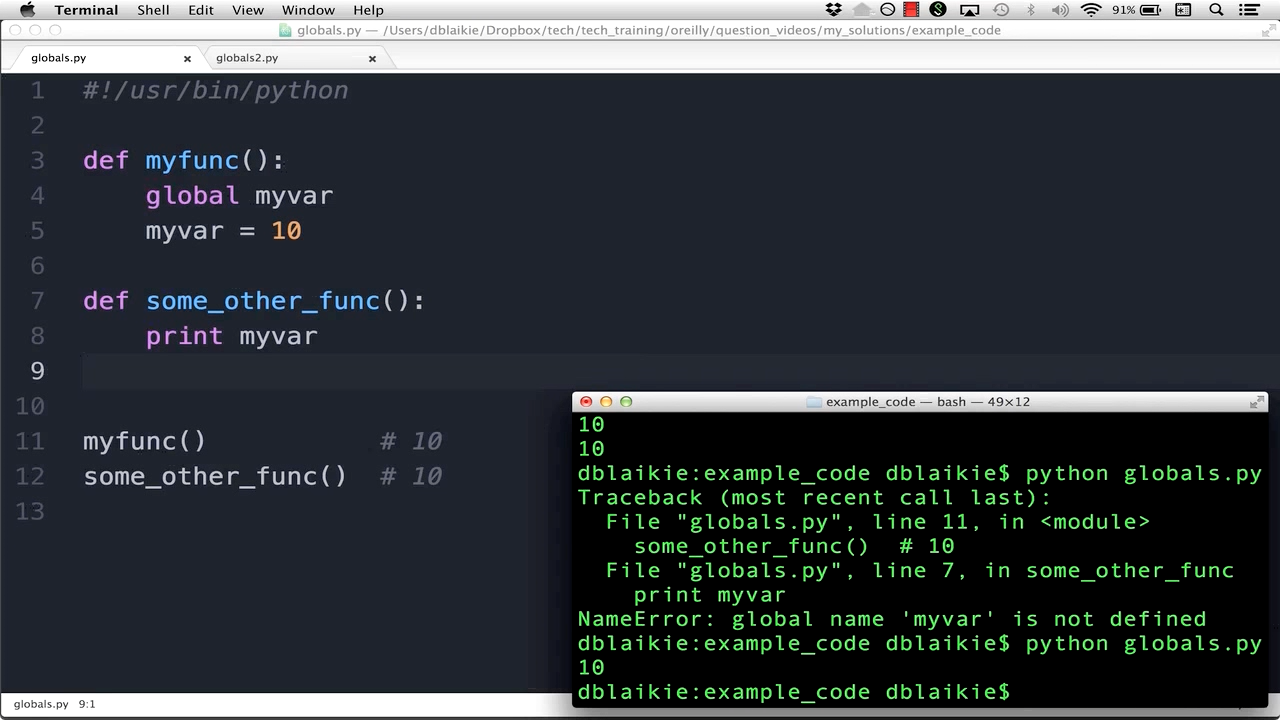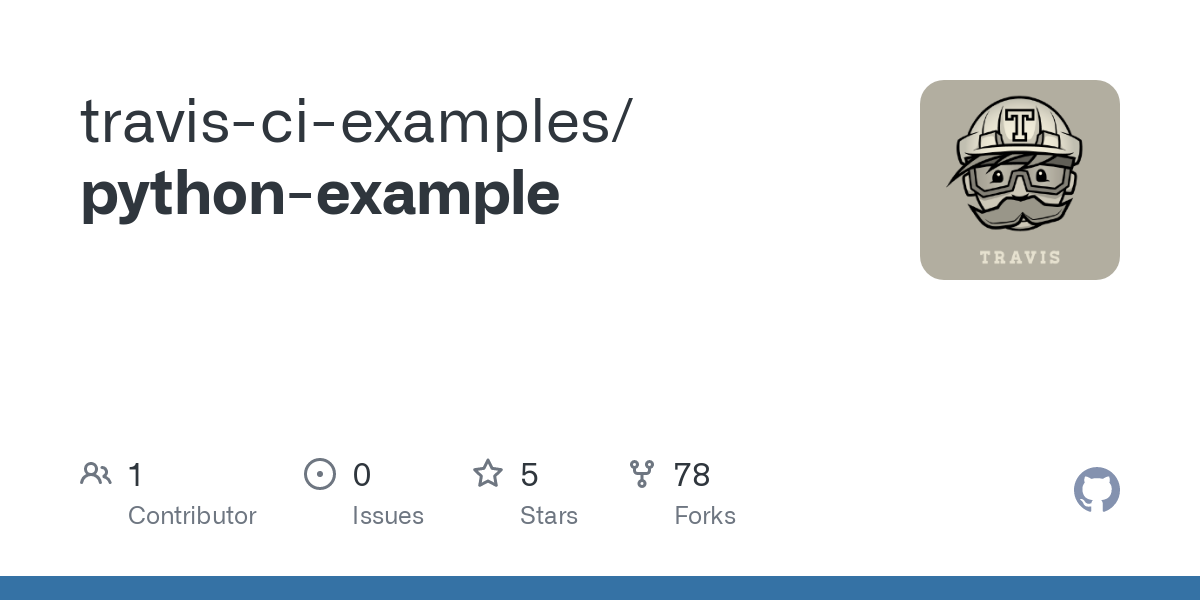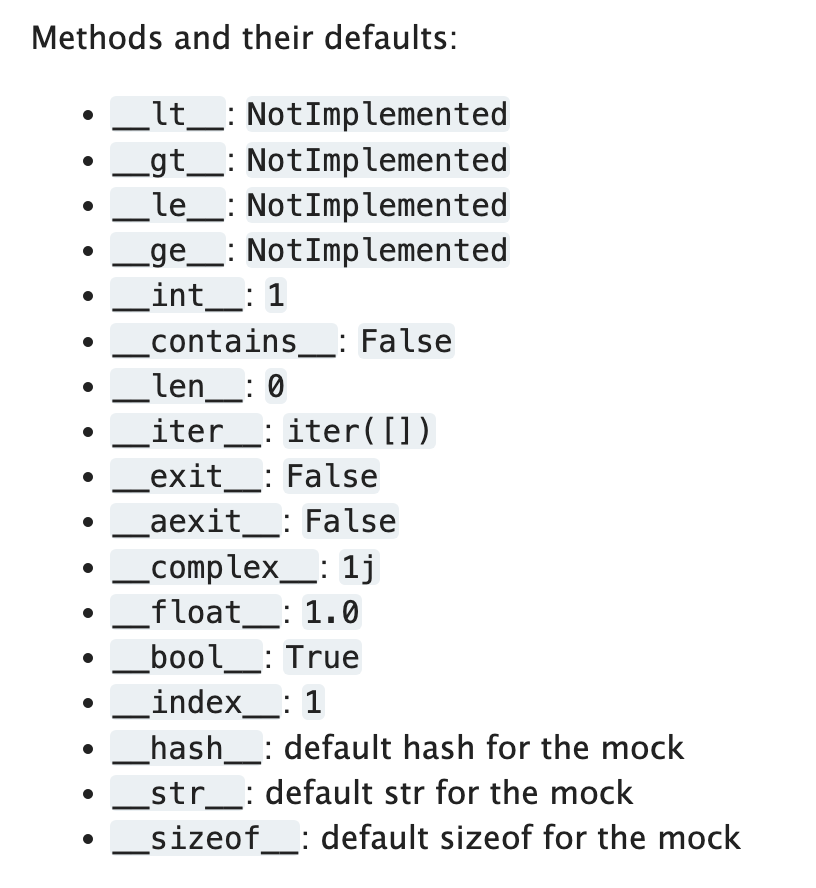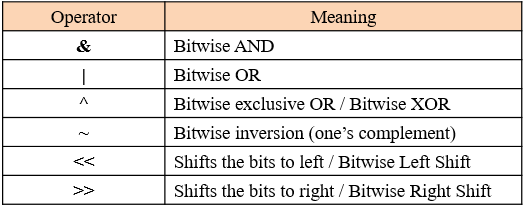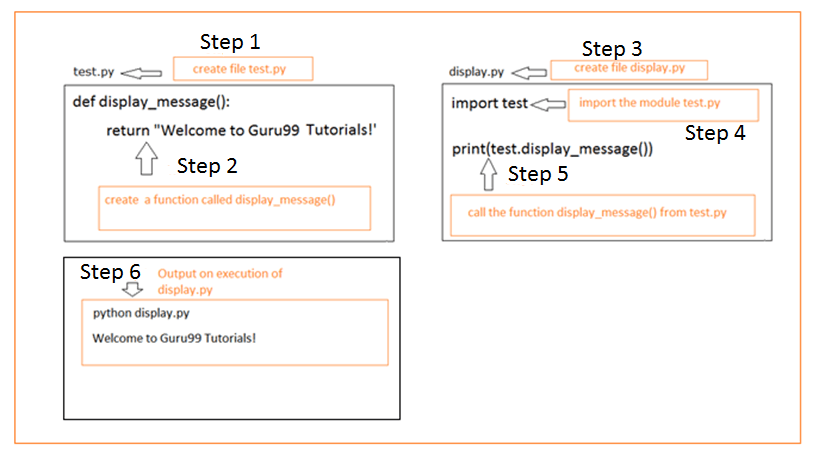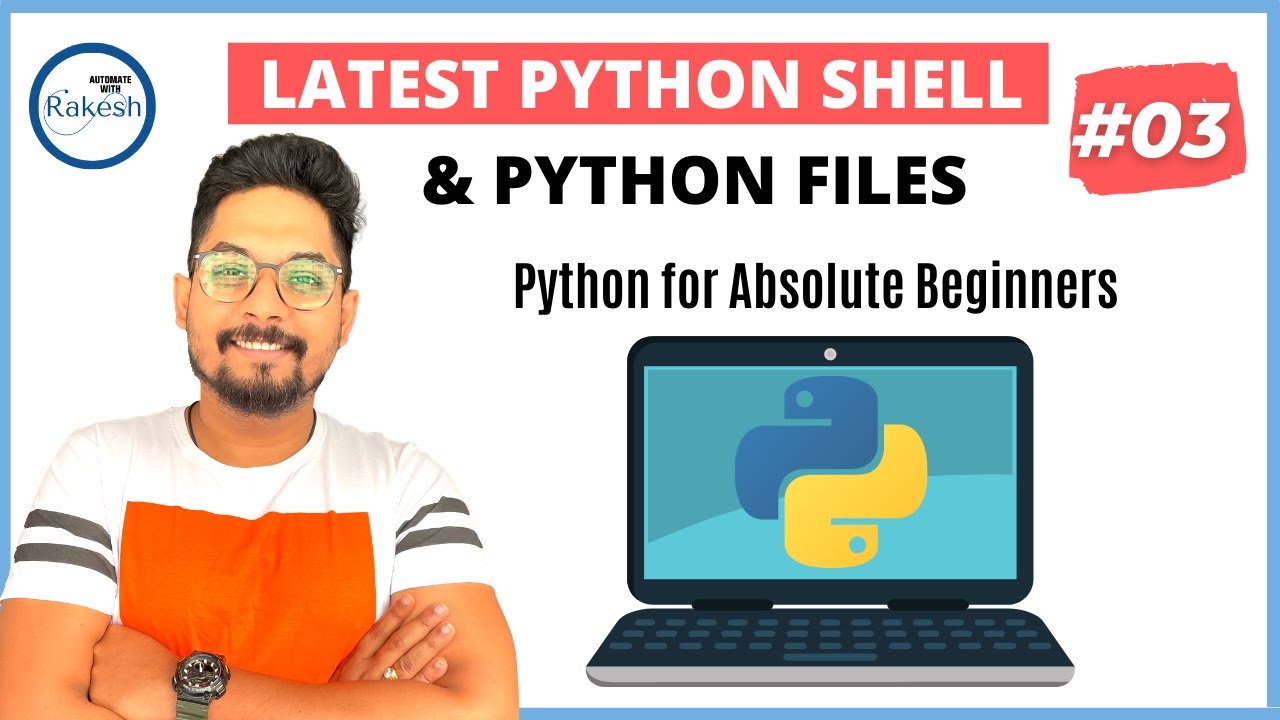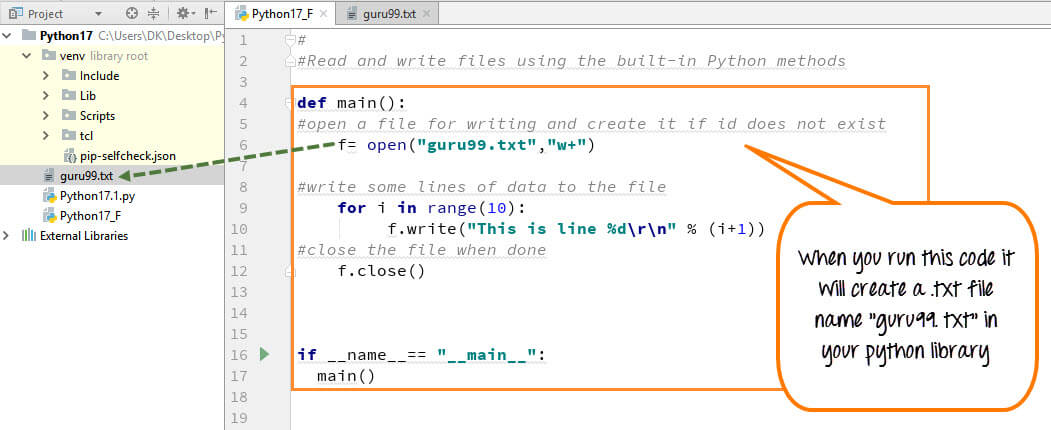List comprehension in Python
List comprehension in Python
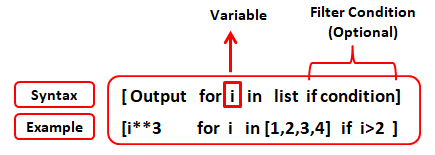
I'm happy to help!
List comprehensions are a powerful and concise way to create new lists from existing ones in Python. They're a type of syntactic sugar that simplifies your code by allowing you to write expressions directly inside the square brackets [] used for creating lists.
Here's the basic syntax:
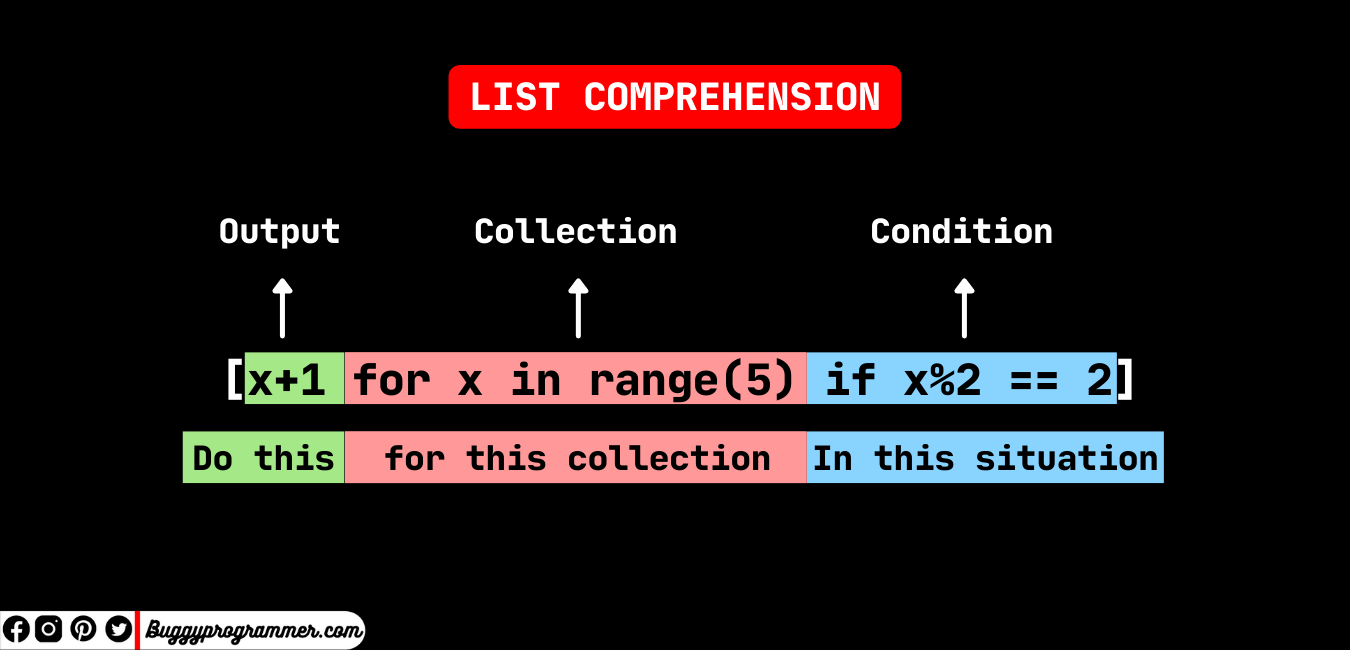
[expression for variable in iterable]
Let's break it down:
expression: This is the operation you want to perform on each element of the iterable. It can be a simple value, a function call, or even another list comprehension!
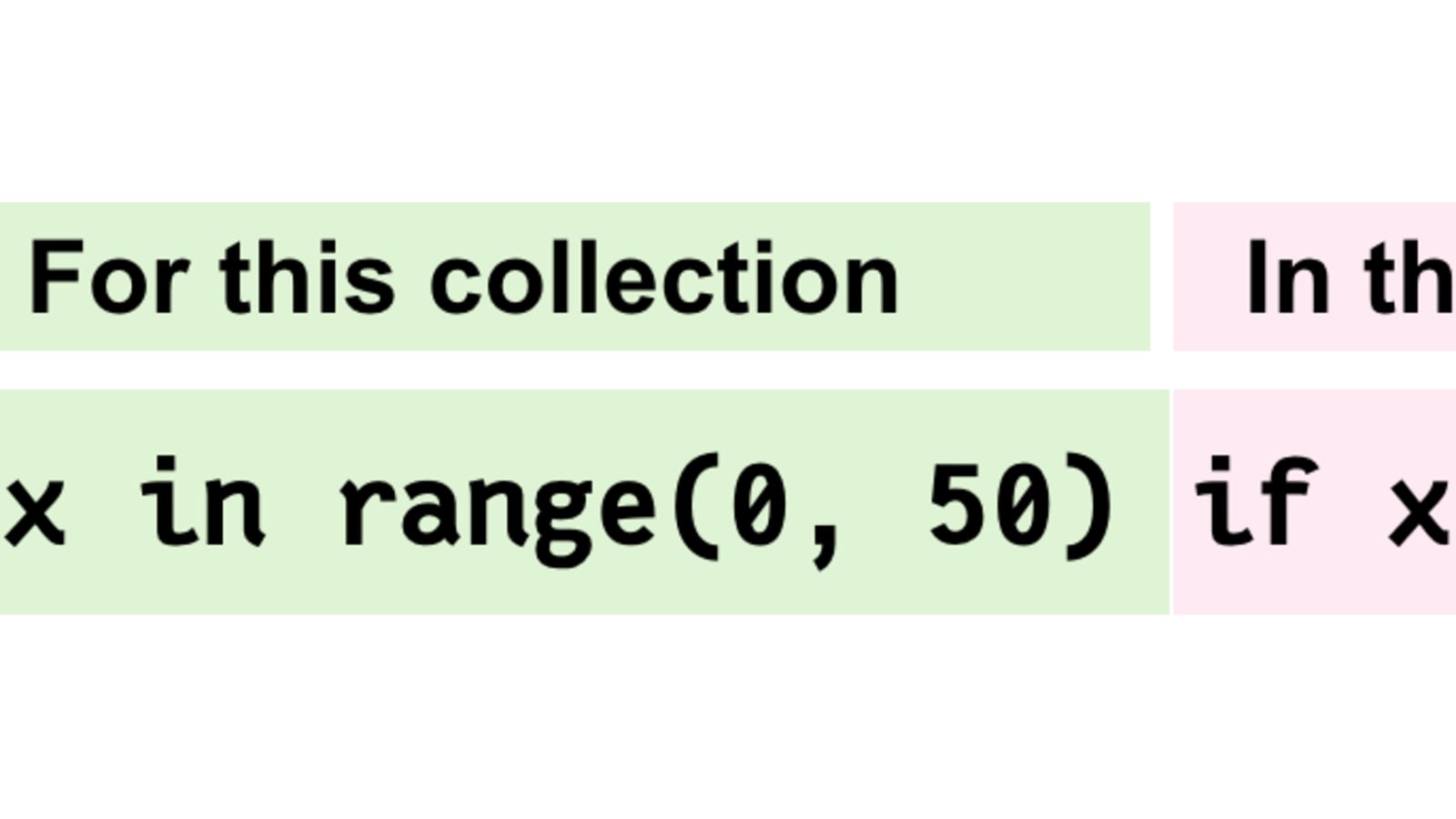
variable: This is the name given to the elements of the iterable in the comprehension. You'll use this variable to access each element in the expression. iterable: This is the source collection from which you want to create new lists. It can be a list, tuple, dictionary, set, or even another list comprehension!
Here are some examples to illustrate how list comprehensions work:
Example 1: Squaring numbers
numbers = [1, 2, 3, 4, 5]
squared_numbers = [n ** 2 for n in numbers]
print(squared_numbers) # Output: [1, 4, 9, 16, 25]
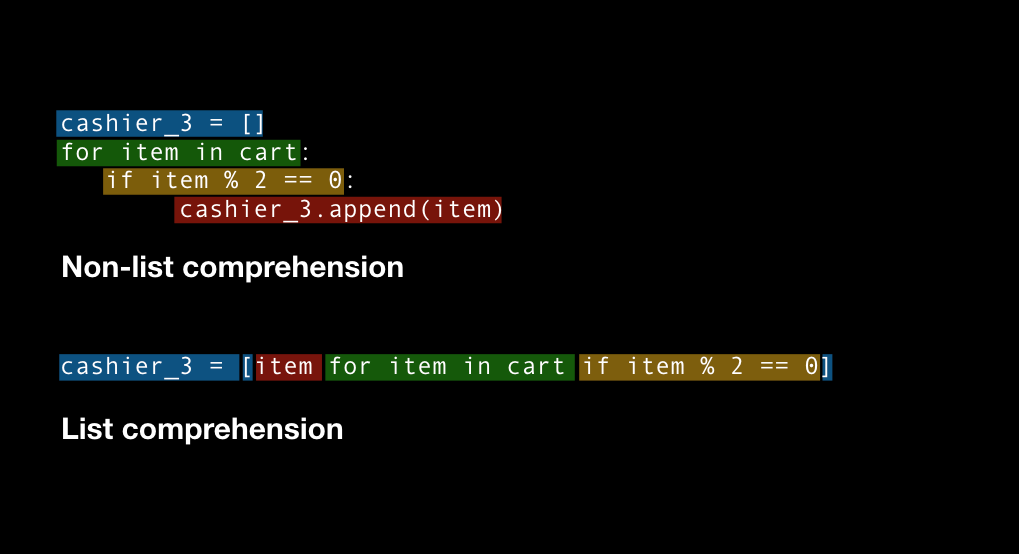
In this example, we create a new list squared_numbers containing the squares of each number in the original list numbers.
Example 2: Filtering values
fruits = ['apple', 'banana', 'cherry', 'date', 'elderberry']tasty_fruits = [fruit for fruit in fruits if fruit.startswith('a')]
print(tasty_fruits) # Output: ['apple', 'elderberry']
Here, we create a new list tasty_fruits containing only the fruits that start with the letter "A" from the original list fruits.
Example 3: Mapping values
colors = ['red', 'green', 'blue', 'yellow', 'purple']uppercase_colors = [color.upper() for color in colors]
print(uppercase_colors) # Output: ['RED', 'GREEN', 'BLUE', 'YELLOW', 'PURPLE']
In this case, we create a new list uppercase_colors containing the uppercase versions of each color from the original list colors.
Example 4: Nested comprehensions
students = [('John', 'A'), ('Jane', 'B'), ('Jim', 'A')]grades = {student[0]: student[1] for student in students}
print(grades) # Output: {'John': 'A', 'Jane': 'B', 'Jim': 'A'}
Here, we create a dictionary grades where the keys are the students' names and the values are their corresponding grades. This example demonstrates nested comprehensions, where you can use another comprehension inside an expression.
These are just a few examples of what list comprehensions can do in Python. With practice, you'll become proficient in using them to write concise and efficient code!
Happy coding!
Dictionary comprehension in Python
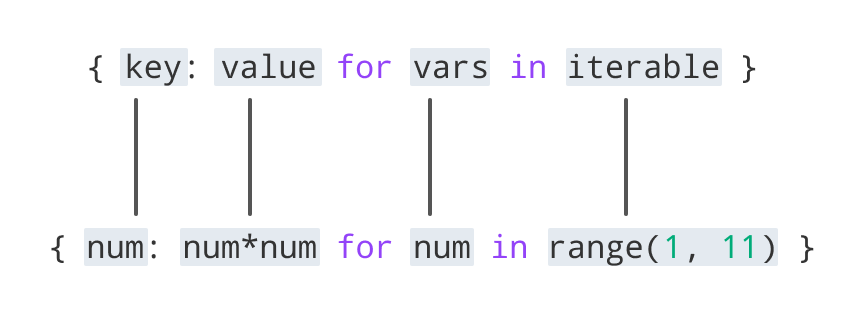
Here's an overview of dictionary comprehension in Python:
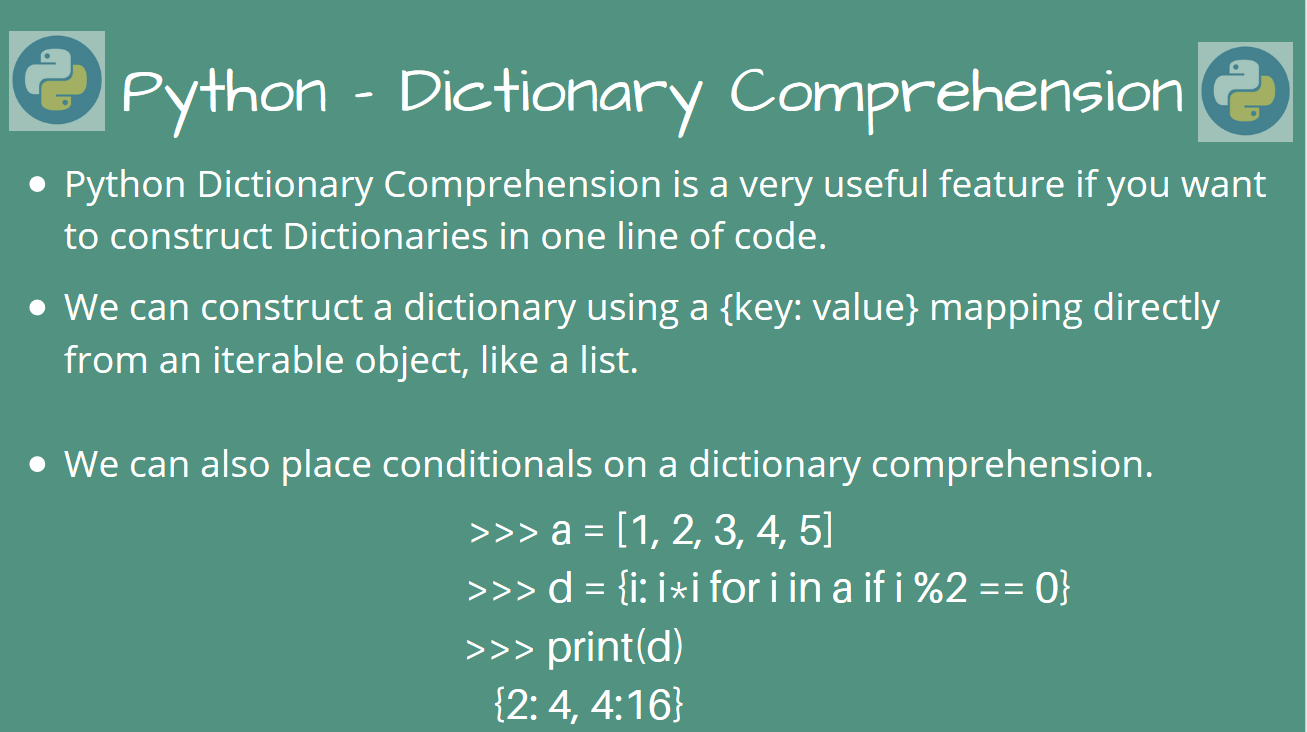
In Python, dictionaries are mutable data structures that map keys to values. A dictionary comprehension is a concise way to create a new dictionary from an existing one or multiple iterables. It's similar to list comprehensions, but for dictionaries.
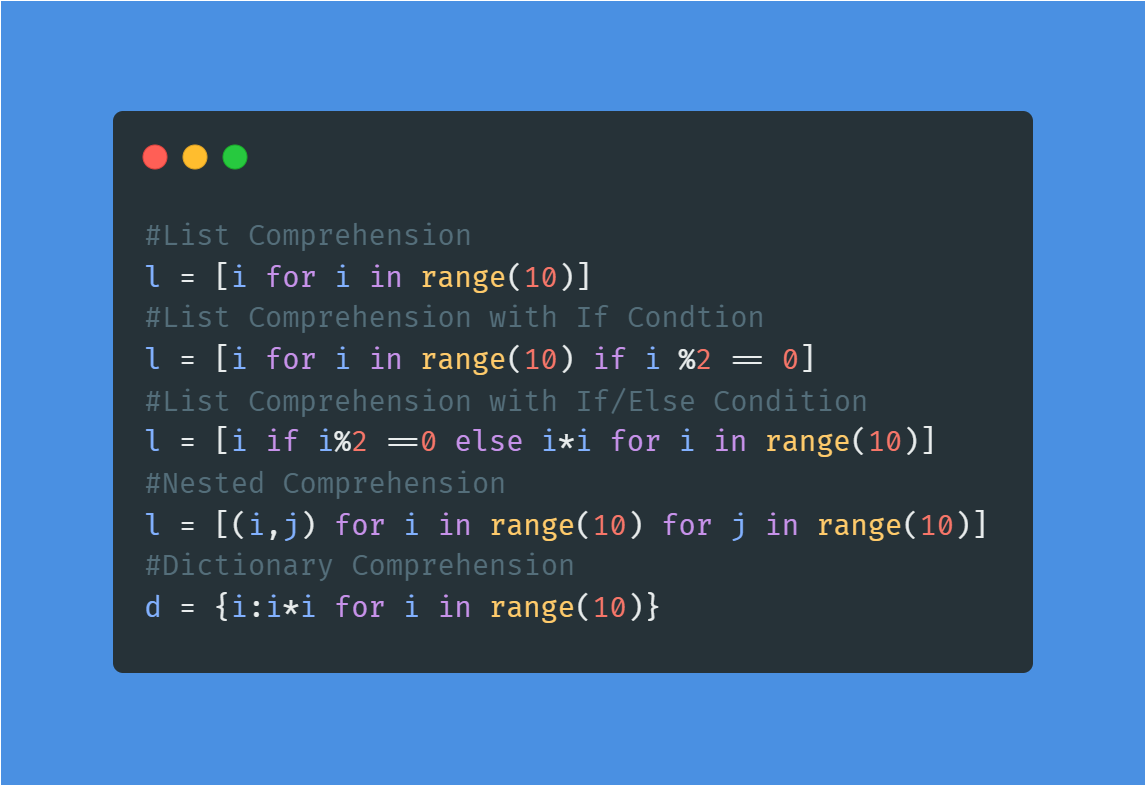
Basic Syntax
A basic dictionary comprehension has the following syntax:
{key: value for variable in iterable}
Where:
key and value are the key-value pairs that will be included in the new dictionary. variable is a temporary variable that takes on the values from the iterable. iterable is an iterable (such as a list, tuple, or set) that contains the data to be processed.
Examples
Here are some examples of using dictionary comprehensions:
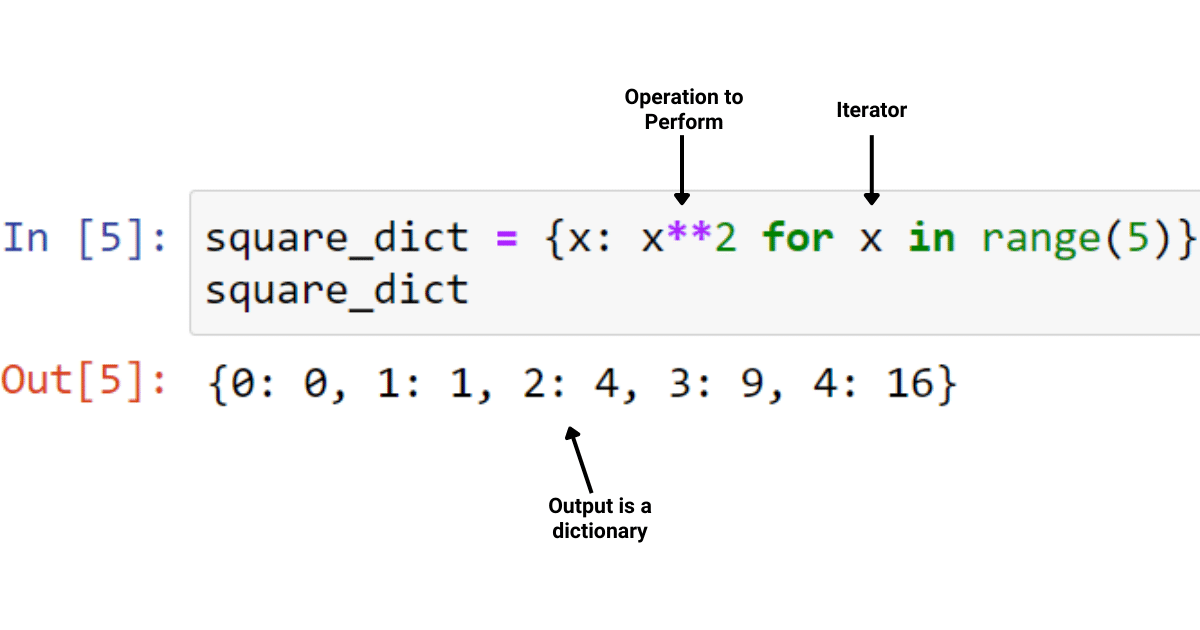
# Create a new dictionary with all the same key-value pairs
numbers = {'one': 1, 'two': 2, 'three': 3}
double_numbers = {k: v * 2 for k, v in numbers.items()}
print(double_numbers) # {'one': 2, 'two': 4, 'three': 6}
Create a new dictionary with only certain key-value pairs
fruits = {'apple': 1, 'banana': 2, 'cherry': 3}
juicy_fruits = {k: v for k, v in fruits.items() if v > 1}
print(juicy_fruits) # {'banana': 2, 'cherry': 3}
Create a new dictionary with transformed values
words = {'hello': 'Hello', 'world': 'World'}
uppercase_words = {k: v.upper() for k, v in words.items()}
print(uppercase_words) # {'hello': 'HELLO', 'world': 'WORLD'}
Create a new dictionary by combining multiple iterables
people = [('John', 25), ('Alice', 30)]
places = ['Home', 'Work']
addresses = {name: place for name, age in people for place in places}
print(addresses) # {'John': 'Home', 'John': 'Work', 'Alice': 'Home', 'Alice': 'Work'}
Advantages
Dictionary comprehensions offer several advantages over traditional dictionary creation methods:
Concise: Dictionary comprehensions are often more concise than traditional methods, making your code easier to read and maintain. Efficient: They can be faster than traditional methods because they avoid the need for explicit loops or indexing. Flexible: You can use dictionary comprehensions to create new dictionaries from a wide range of iterable types, including lists, tuples, sets, and even other dictionaries.Common Use Cases
Here are some common scenarios where dictionary comprehensions are particularly useful:
Data transformation: When you need to transform or filter data based on certain conditions. Merging dictionaries: When you need to combine multiple dictionaries into a single one. Creating new dictionaries: When you need to create a new dictionary from an existing one, but with modified or filtered data.I hope this helps! Let me know if you have any questions or need further clarification.
